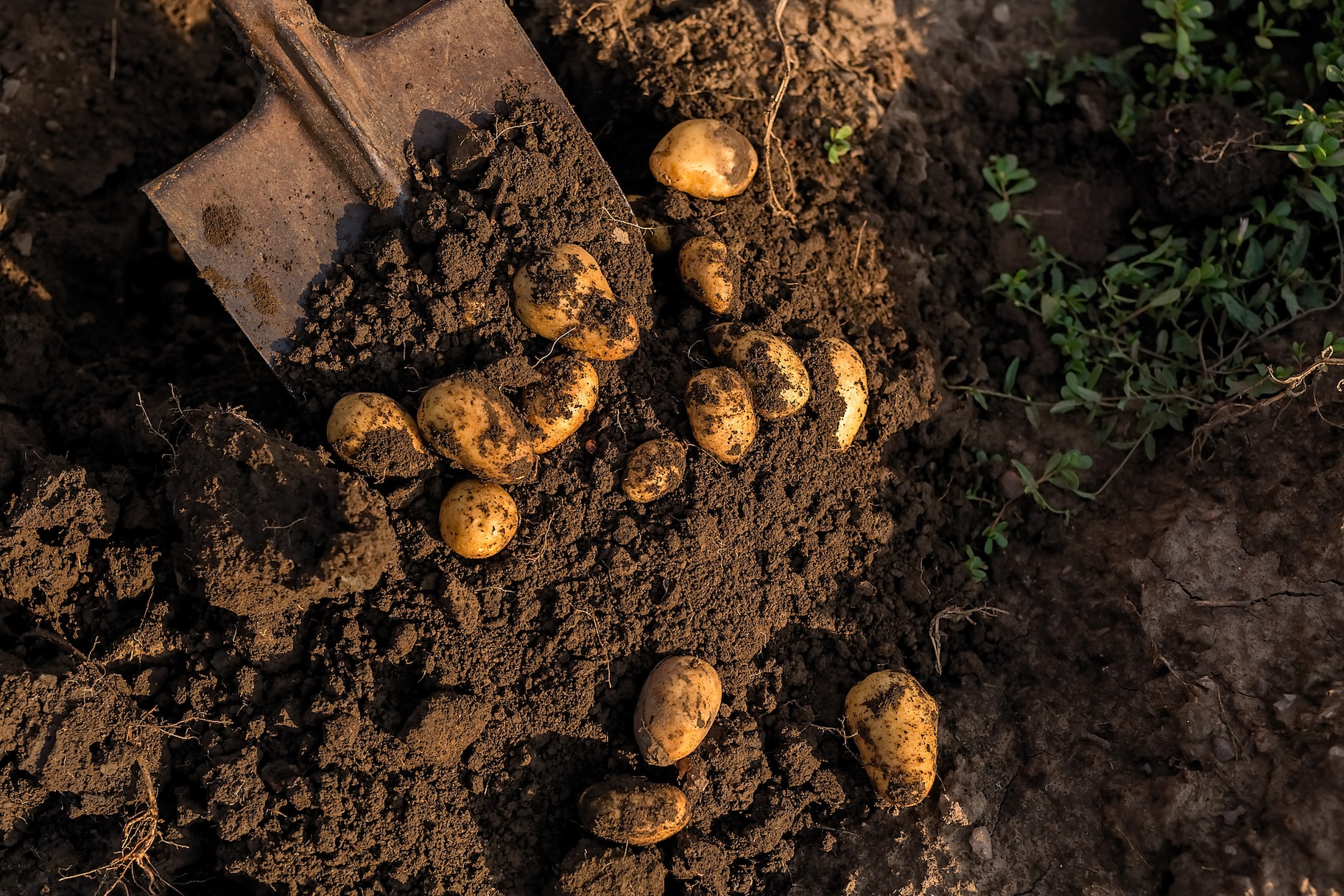Create a free profile to get unlimited access to exclusive videos, sweepstakes, and more!
PO-TA-TOES! Boil ‘em, mash ‘em, make antibiotics out of ‘em
Potatoes are still undefeated.

In James Gunn’s 2006 science fiction horror Slither, an alien entity encounters Earth and uses its parasitic behavior to infect the citizens of Wheelsy, South Carolina. The entity moves like a fungal infection, oozing over everything it touches and incorporating what it finds into itself. Fungi are about the most alien thing we have on our planet, some fungi work together, others appear to have complex communications systems, and some of them make a living by infecting plants and animals, including humans.
In fact, you have fungi living on you right now. Most of the time that relationship is in balance, and we don’t have a problem, but sometimes fungi grows out of control, causing infections which can lead to serious problems if left untreated. Each of us is waging our own personal war against an army of fungi and other microbes every moment of our lives. And the same is true for potatoes.
We don’t have a lot in common with those tasty tubers, but we do have that, and it’s enough that a team of scientists from the University of Cambridge are looking to potatoes in hopes of finding new antibiotics to fight the alien fungal scourge. Recently, they succeeded in isolating a compound which appears to be effective against a wide variety of fungi. The results were published in the journal mBio.
Fifteen years ago, scientists discovered a new bacterium which they called Dickeya solani which happily lives inside of potatoes. When it multiplies out of control, it is responsible for a number of destructive diseases including blackleg and soft rot. Because we so often grow plants like potatoes in monoculture, plant-attacking pathogens have easy pickings and can quickly spread among a population of similar plants all in close proximity. Of course, many different pathogens will try to take advantage of the same organism and they’re all fighting for the potato’s precious territory. So, while the potato is fighting off the bacteria, the bacteria is also fighting off fungi.
That’s why D. solani developed a defense against fungal invaders of its tater turf. In fact, this isn’t the first time this particular bacterium has offered up a new antibiotic. Previous research identified a compound called oocydin A, which is effective against fungal pathogens. That got scientists interested in the bacteria, so they studied its genome. What they found in its DNA suggested it was capable of producing additional antibiotic compounds. In later laboratory experiments, scientists turned off the bacteria’s ability to produce oocydin A but the bacteria were still fighting off fungi. That started the hunt for whatever it was hiding in its back pocket.
That’s how researchers found a second compound called solanimycinm, which is highly effective at killing fungi. In the lab, researchers confirmed that the compound is effective against a wide range of fungi common to agricultural crops. What’s more, it’s also effective against Candida albicans, a type of yeast common to the human body which can cause more severe infections when it grows out of control. Interestingly, D. solani appears to be picky about when it produces solanimycin. It looks at cell density and the acidity of the environment to know when to release the compound and it turns out the conditions inside of a potato are just right to activate its production.
Solanimycin offers a new weapon in our antifungal arsenal and while its medicinal use is promising, it could really shine in protecting plants. Plant-attacking pathogens are a significant threat to global food security. So much so that, according to the authors, roughly 40% of annual crop loss is due to plant pathogens. Finding ways to effectively combat them could dramatically increase crop yields without the need for more land.
Today, most antibiotics we use come from soil bacteria and that’s largely where the focus has remained. The discovery of two distinct antibiotic compounds cooked up in the fleshy interior of a potato points to an untapped realm of microbes to look at.
Baked potatoes, mashed potatoes, French fried potatoes, and now antibiotics. Is there anything potatoes can’t do?


























